The future of aging biology research
By Traci Parker 
Health Extension is a piece of the puzzle in educating young minds in STEM.
Silicon Valley is famous as a place for entrepreneurs to make a go of it, but I had no idea it could also foster such unusual opportunities for kids to slalom into greatness – here is the future of aging biology research:
A few weeks ago, I received a lovely email from the mother of Avni, 15, and Anushi, 14. Interestingly enough, Joe and Lisa Betts-LaCroix also received an email from their father, reflecting similar sentiments. Recalling the past school year, they discussed how their daughters found out about the Health Extension Salon, as a result of a post by Lisa on a homeschooling message board.
Avni and Anushi Singhal attended the August 28 Health Extension Salon on Alzheimer’s, which is where I had the opportunity to get introduced to them by my friend and Health Extension Salon volunteer extraordinaire Walter Crompton.
After chatting with them for a few minutes that evening, their enthusiasm and knowledge about topics such as genetics and stem cell research was palpable. A Freshman and Sophomore at Mountain View High School, I really had no idea how versed these two already were in the biosciences field.
That first evening, Avni had communicated to me her desire to get hands on experience with aging research and was hoping to find the right lab. We talked about possible opportunities, and while I was at the SENS6 conference the following week, I was able to meet with the Outreach Coordinator to discuss a potential opportunity for her. Needless to say, they knew she was a great fit upon interviewing her, and she has been with SENS interning ever since. Avni has been working with newly appointed Thiel Foundation 20 under 20 Fellow, Thomas Hunt.
Recently, I had the chance to meet up with them again to discuss their achievements of the past school year, and their plans for the future.
Anushi, 14, states “I remember back in Jr. High when I first got interested in genetics reading an article about engineering trees to grow into houses rather than cutting down trees to build houses.”
Both Avni and Anushi have had the opportunity to seek out information in the sciences that intrigue them. Anushi recently attended a SynBioBeta event, “I really like how they had subject matter experts in a variety of areas of synthetic biology, even ethics and economics, and how I was able to to talk to some of them during and after the event.” Avni had the opportunity to participate in an exchange program, and spent Spring Break in Japan.
Interestingly enough, Avni’s first love of nanotechnology is what led her to expand her knowledge base in the sciences. She was able to sit in on part of a nanotechnology class at Foothill College, as well as attend the COSMOS program in nanochemistry. “I remember when I was reading a research paper for the first time, and had to look up every few words in order to make sense of things. That in itself was a learning process.”
Additionally, both Avni and Anushi have utilized online learning resources, such as OCW, Khan Academy and Udacity, starting before they were in Junior High. When I asked them who they view as role models, both mentioned Laura Deming, another Thiel 20 Under 20 Fellow, and Maria Teresa Chávez, a young lady who moved from Guatemala to pursue her commitment to ALS research. “She left home and moved here, knowing almost no one, for the chance to make a difference.”
Both Avni and Anushi recommend attending events, such as Health Extension Salon, as a way to learn from experts and network. “You also get the chance to hear about the research many of the attendees are working on and learn about other forums and events,” Avni states. Additionally, Anushi will be participating in a Stanford mentorship program this coming school year, and both girls are looking into participating in an iGEM (International Genetically Engineered Machine) team.
Avni is also looking forward to co-leading a science newspaper at her school, which will highlight exciting science breakthroughs in a more accessible format to appeal to a broader student audience.
Avni states, “I know someone who got interested in 3D printing after a story about a girl who 3D printed make-up, and now she is interested in many other applications, like tissue printing. Sometimes you need to make science relatable and easy to understand to pique someone’s interest, and scientific jargon can be a turn off.”
As the afternoon progressed, we had the chance to talk about topics such as using synthetic biology to reprogram bacteria to clean oil spills, genetically engineered rice (Golden Rice) to include additional nutrients, mechanical hearts, Stanford’s VLAB Forum (where I ran into Avni a few months ago), cloning, “designer babies”, BioCurious, and STEM initiatives spreading everywhere.
I left our meeting not only in awe of the intelligence, enthusiasm, drive, and determination these two high school girls displayed, but also very impressed with how their parents ensure their daughters are afforded many opportunities to learn and grow. Silicon Valley is rich in alternative community learning opportunities, and I, for one, am ecstatic these young ladies and their parents know how to use them to their advantage.
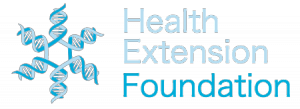

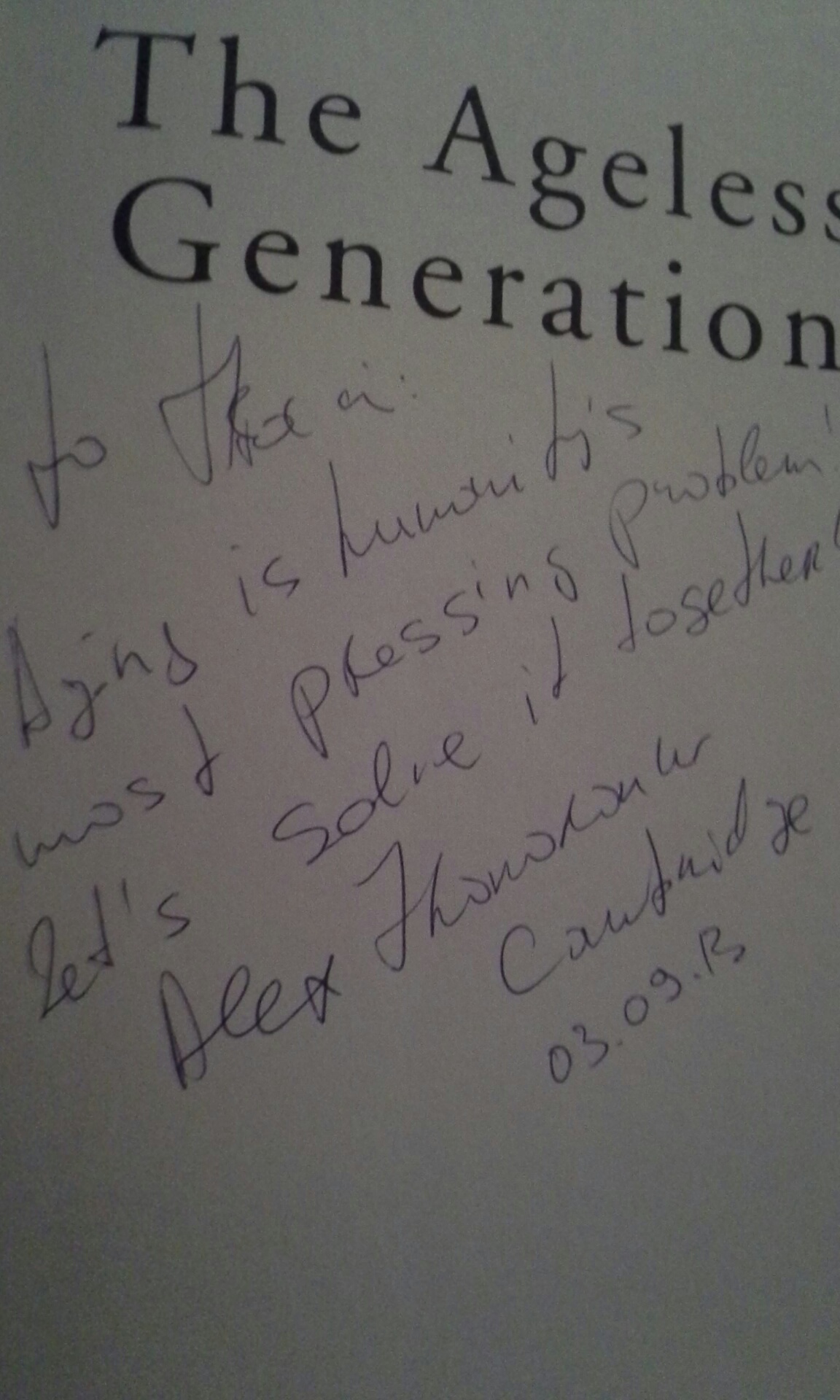
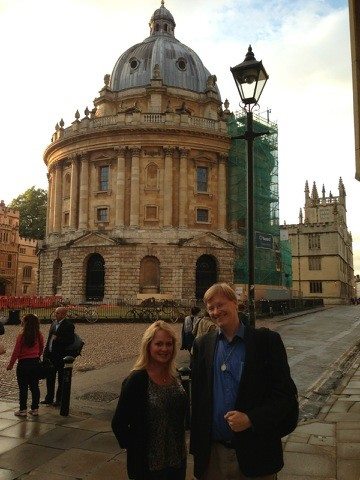

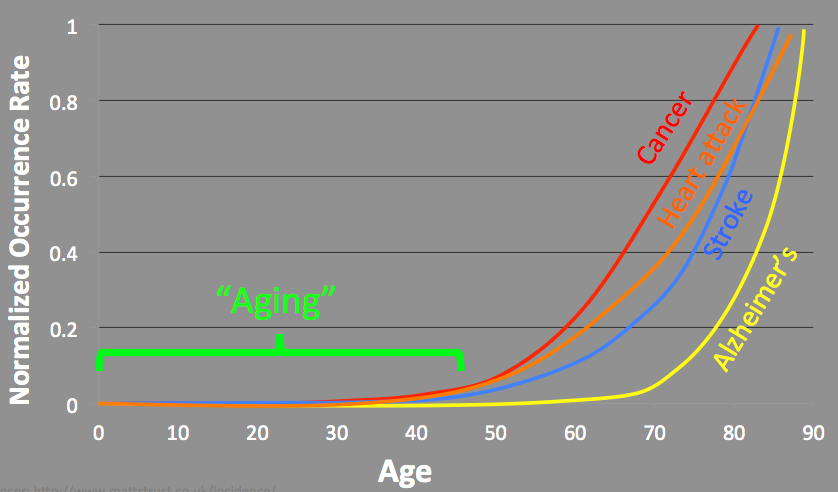
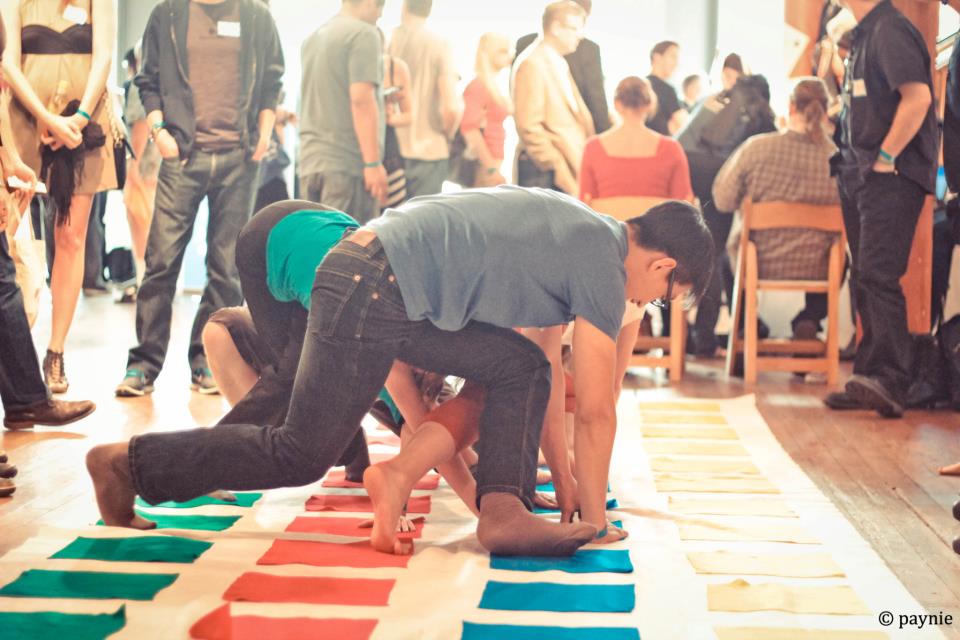 What event wouldn’t be better with Twister races?
What event wouldn’t be better with Twister races? 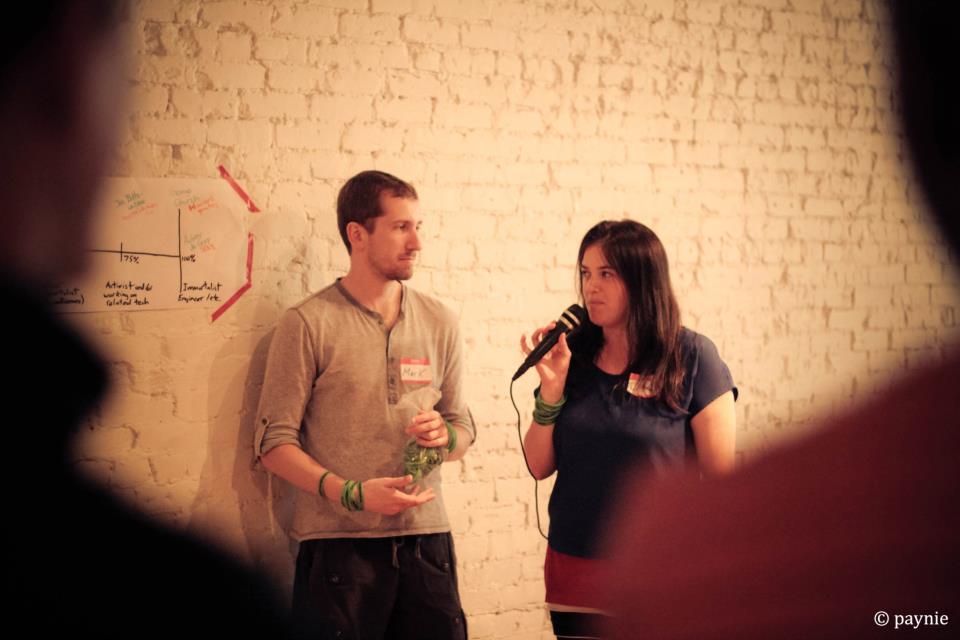

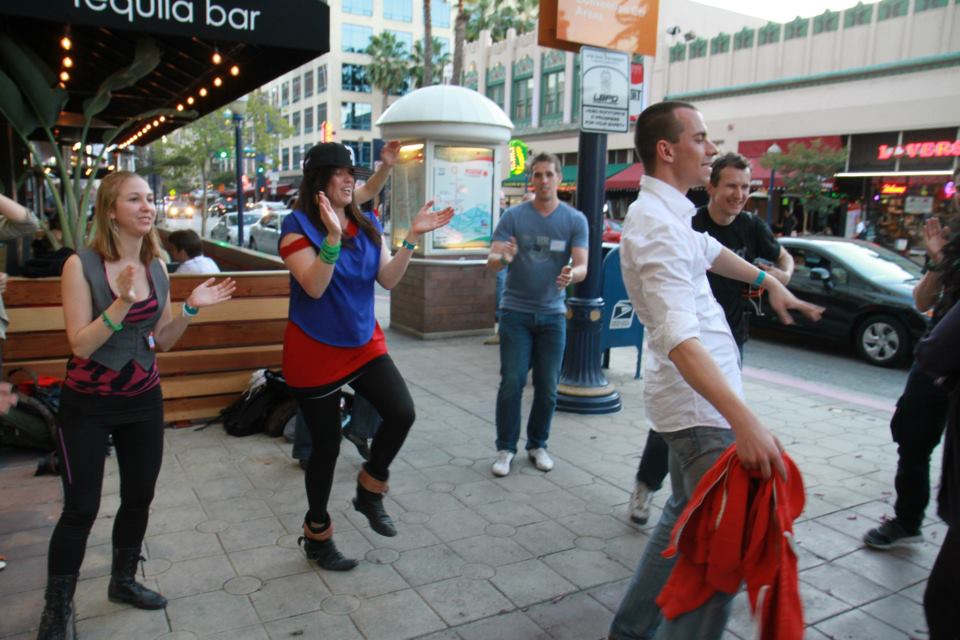 Time of my life!! http://www.youtube.com/watch?v=WpmILPAcRQo
Time of my life!! http://www.youtube.com/watch?v=WpmILPAcRQo